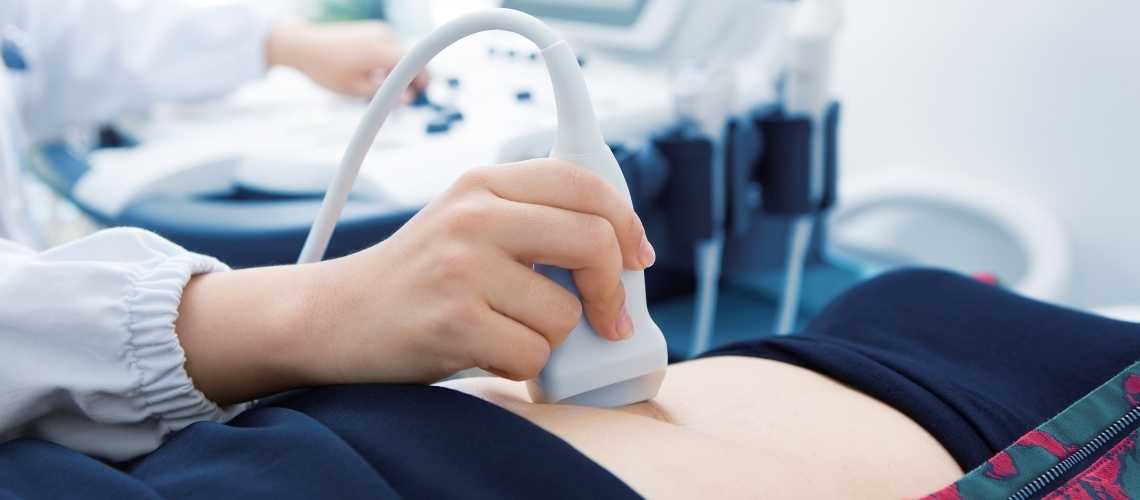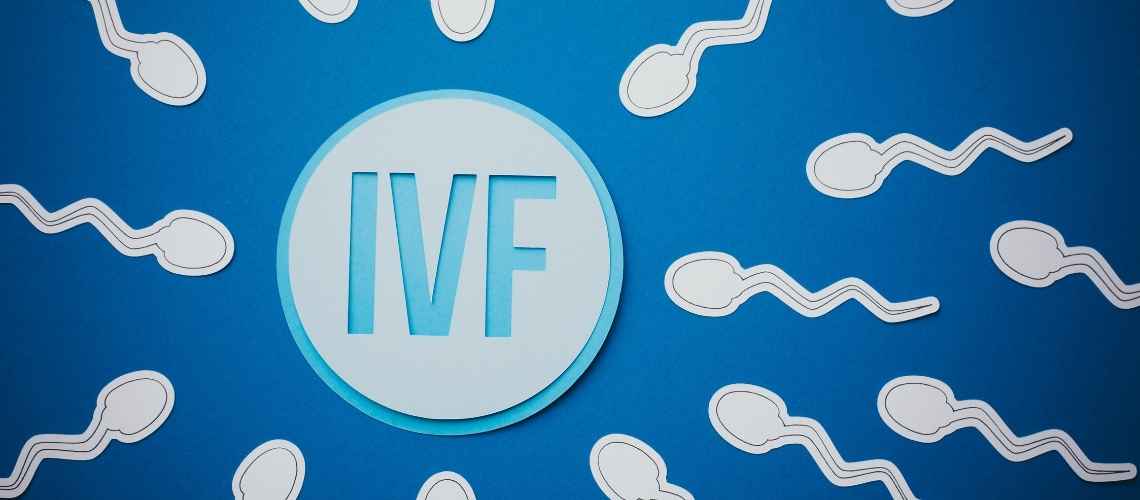A fertilized egg produces a clump of dividing cells called the blastocyst. It can be defined as the early stage of an embryo. One of the various processes that result in pregnancy is the blastocyst.
What is a blastocyst?
A blastocyst develops approximately five to six days after a sperm fertilizes an egg. The blastocyst’s cell layers rupture and split. They eventually develop into structures that care for and shield the developing fetus.
The blastocyst stage of a fertilized egg is highly important for in vitro fertilization (IVF). IVF is the technique of developing an embryo outside the body of the birth parent to help with pregnancy. (1)
Before the embryo hatches and settles within the uterine lining, it must reach this stage. An embryo in the blastocyst stage normally contains 50 to 200 cells. These cells include early fetus cells (inner cell mass) as well as some that help with implantation into the uterus (trophectoderm).
The fertilized egg becomes a blastocyst in a natural pregnancy as it passes through the fallopian tube and into the uterus. (2)
How can blastocyst culture enhance the success of IVF?
Embryos were often only implanted into the womb after two or three days of development, when they were in the “dividing phases” and typically comprised two to eight cells.
Scientists can track embryo growth for a longer period of time by extending embryo culture to five or six days. It is entirely typical for only certain embryos to develop and progress during these extra few days, resulting in the formation of a blastocyst.
Because blastocysts are a more select group than embryos at earlier cleavage stages, they may be able to result in more pregnancies.
Since doctors choose the appropriate timing, it is also believed that transferring an embryo to the uterus at the blastocyst stage may boost the likelihood of implantation. The developmental stage that is typically prepared to implant in the uterus is the blastocyst. On the other hand, because cleavage-stage embryos are typically in the fallopian tube, they must wait a few days to implant after being returned to the uterus. (3)
Why is the blastocyst crucial to IVF?
During IVF, specialists can evaluate and sort blastocysts to determine which embryos have the highest chance of developing into pregnancy. Blastocysts can be said to be at their best for IVF transfers to your womb five or six days after conception. The blastocysts may be ranked by medical professionals according to their density, cell quantity, form, and maturity. (4)
In the early days of IVF, doctors often transferred several embryos to the womb to allow for those that would not develop successfully, and this resulted in multiple births for some women. Most importantly, because blastocyst culture is more discriminated in embryo selection, doctors are able to safely transfer fewer, often single, embryos and prevent multiple pregnancies. (5)
Who is the blastocyst culture suitable for?
Currently, most patients who have a good probability of producing one or more healthy blastocysts should consider blastocyst transfer.
Your doctor will discuss with you until the third day about the issue if you were able to produce fewer eggs than usual, or if fewer eggs have been fertilized or are developing normally. In these cases, you may prefer to transfer an embryo earlier.
You can perform a blastocyst culture to determine which thawed embryos mature to the blastocyst stage and have the best probability of becoming pregnant before embryo transfer if you’re preparing a frozen embryo transfer cycle using embryos frozen in earlier cycles at an earlier stage of development.
At what point does a blastocyst become an embryo?
The blastocyst is a structure formed during the early stages of embryonic development in mammals, including humans. It is a hollow ball of cells containing an inner cell mass that will eventually lead to the embryo itself. The outer cell layer will continue to form the placenta and other supporting tissues. The exact point at which a blastocyst becomes an embryo is somewhat unclear and may depend on the context in which the term is used.
During this time, the embryo undergoes rapid cell division and differentiation as major organ systems begin to form. In this sense, a blastocyst becomes an embryo when its inner cell mass begins to differentiate into the three germ layers that make up all the tissues of the body: endoderm, mesoderm, and ectoderm.
However, in the context of assisted reproductive technology (ART) such as IVF, the term “embryo” is often used more broadly to refer to any early-stage structure formed by the fusion of sperm and egg, including blastocysts. In this sense, as soon as a blastocyst is created in the laboratory, it becomes an embryo and can be transferred to the uterus for implantation in the hope of achieving a successful pregnancy.
Challenges of Blastocyst Transfer
Blastocyst transfer, a crucial step in IVF, has its unique set of challenges that necessitate careful consideration. Initially, the process involves selecting the most viable blastocyst for transfer. This task is inherently subjective, complicating decision-making. Furthermore, not every embryo matures into a blastocyst stage. This reality may decrease the pool of available embryos, posing a significant hurdle.
- Subjectivity in selecting the optimal blastocyst complicates decision-making processes.
- The potential reduction in available embryos as not all reach the blastocyst stage.
Moreover, the requirement for an extended culture period introduces additional complexity. Embryos must be nurtured outside the uterus until they reach the blastocyst phase, demanding precise laboratory conditions. Additionally, blastocyst transfer might not be the best route for every patient. Specific factors, such as egg quality and the urgency of the procedure, influence the suitability of this approach.
- The necessity for extended culture time outside the uterus requires a meticulously controlled lab environment.
- The inapplicability of blastocyst transfer for certain patients due to various factors like egg quality or urgency.
Addressing these challenges with a healthcare provider is essential in determining the appropriateness of blastocyst transfer in an individual’s IVF journey.
Source:
Polyzos, N. P., Anckaert, E., Guzman, L., Schiettecatte, J., Van Landuyt, L., Camus, M., … & Tournaye, H. (2014). Vitamin D deficiency and pregnancy rates in women undergoing single embryo, blastocyst stage, transfer (SET) for IVF/ICSI. Human reproduction, 29(9), 2032-2040.








